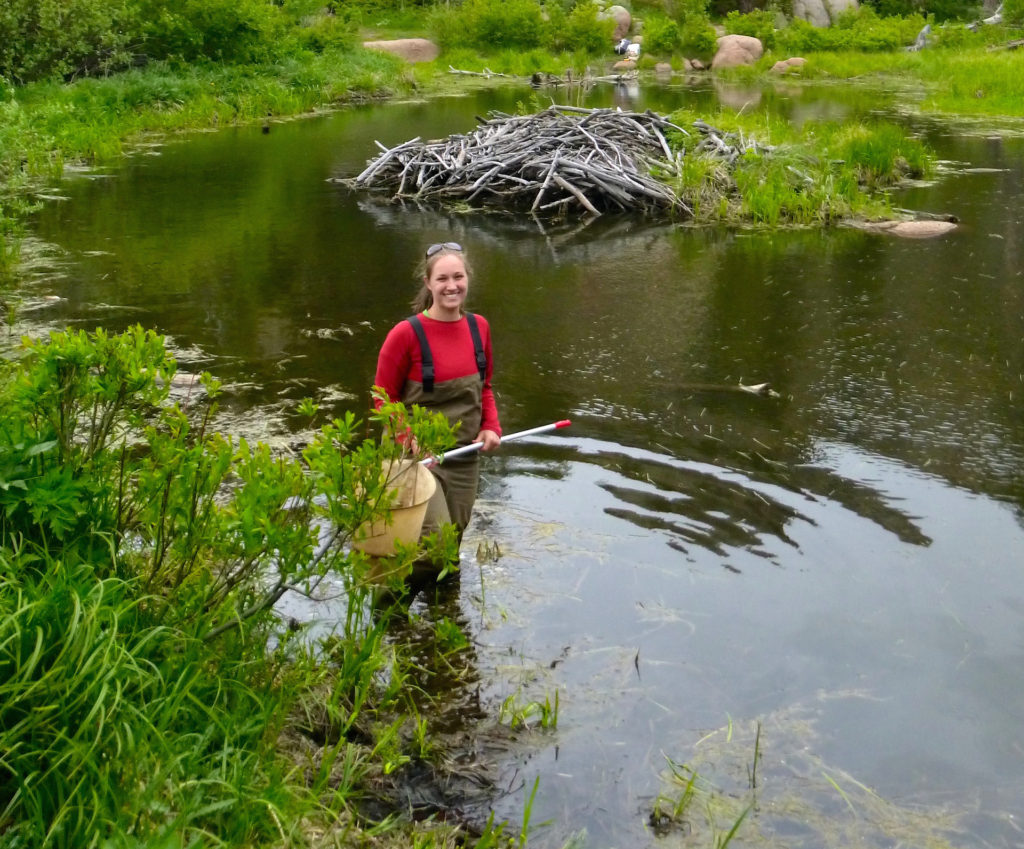
Ph.D. Candidate, University of Wyoming
Field Travel Grant Type 1
Modeling wetland ephemerality and biodiversity in the context of climate change
“Climate change, a major landscape stressor, is predicted to substantially alter landscape features, including wetlands. In semi-arid regions where water availability is a crucial concern, wetlands constitute a critical ecosystem component. Wetlands benefit biodiversity and human health by providing critical ecosystem services, including water filtration and storage, groundwater recharge, flood mitigation, and breeding habitat for numerous avian and amphibian species. The provision of these services is influenced by wetland ephemerality, or persistence across the growing season. As temperature and precipitation affect the cyclical filling and drying of wetlands, the habitat functions they provide and the species they support vary. Projected climate change threatens wetland dynamics and ecosystem services by altering ephemerality.
In particular, wetlands within the Plains and Prairie Pothole Region (‘PPPR’) are highly sensitive to climatic variability. There, periodic cycles of drought and deluge have historically caused marked shifts in water availability. Over the next century, however, this sensitive and productive region may see even more dramatic variation due to climate change. Regional climate assessments suggest that the PPPR may experience an increase of up to 4.5°F in mean air temperature. Additionally, precipitation is projected to shift from snow, which gradually releases moisture as it melts, to rain, which can more rapidly run off the landscape. Precipitation is also more likely to occur as intense, short-duration events. Together, these changes may profoundly alter wetland hydrology and increase wetland ephemerality. Climate-induced changes to ephemerality can have cascading effects on diverse wetland-dependent species, and differentially affect microbial, plant, and animal diversity. Given anticipated climatic changes to climate, a novel approach considering current and future wetland ephemerality is required to understand climatic effects on ecosystem services and biodiversity. “
